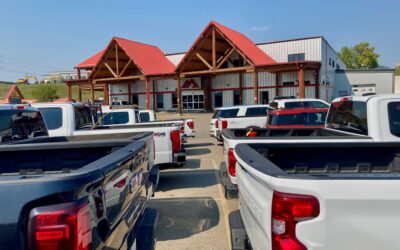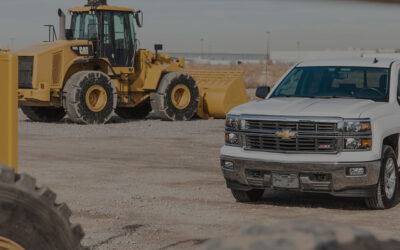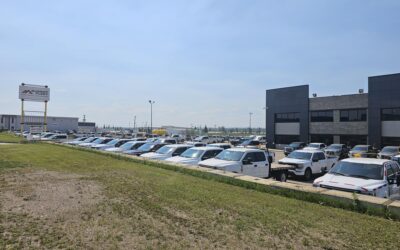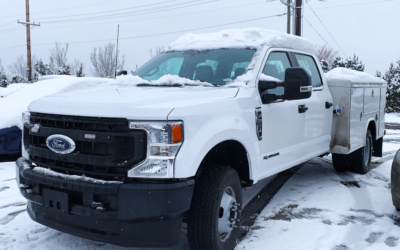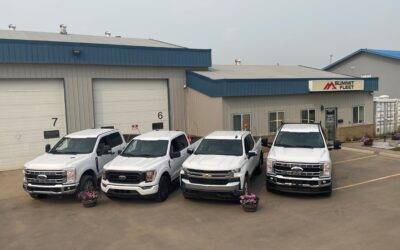Steps to Follow After a Fleet Collision
In spite of efforts to be safe, accidents still happen on the road and many involve fleet vehicles. After a fleet collision, some commercial drivers are not sure what steps to take.
The number of commercial fleet accidents has increased by 20 percent since last year. In fact, the numbers are even higher for commercial vehicles in the pharmaceutical industry.
A non-fleet driver in the country travels from anywhere between 12,000 to 15,000 miles in a year. Statistically, that gives them a one in fifteen chance of being involved in an accident. The chances for fleet collisions are significantly higher. An average commercial driver travels over 25,000 miles every year. You don’t need to do the math to know they are at a higher risk than non-fleet drivers.
What are the Costs of a Fleet Accident?
The surface level costs of a fleet collision include the basic damage costs of the vehicle, an insurance premium if applicable, and injury costs associated if applicable. If you’re opting to pay out of pocket for the accident, it can be even more daunting. That alone will already be a hefty cost to pay but it does not cover the costs that lurk below.
After a fleet accident, there are many hidden costs that are associated with the business. Most businesses may not even consider the bad publicity, reduced vehicle value, higher insurance premiums, legal fees, lowered employee morale, and the potential costs of recruiting a new driver. Fleet management is essential for a thriving business and having policies and systems in place to avoid fleet accidents can help a business improve its bottom line. Even after having the best methods in place, accidents do happen and this is why it’s just as important to supply your drivers and team with a post-collision checklist.
What to do Post Fleet Accident
Whether it is a significant crash or just a fender-bender, commercial drivers need to know what steps to take after it has happened. Fleet managers should set official policies regarding the steps commercial drivers need to take in case there is an accident.
The policy for accidents should be kept in the glove compartment of every company vehicle. It should contain—in detail—all the steps that a commercial driver should take post fleet collision.
Here are some basic guidelines to help fleet managers create an effective policy for their drivers:
- Never move the vehicle away after an accident unless it is in the way of traffic. In that case, you should move it only enough to make way for the traffic.
- If there has been an injury to any person in either vehicle involved or if there’s an injury to any pedestrian, the first thing you should do is call for medical assistance.
- Make sure to call the police when an accident occurs. Where the accident has happened or the amount of damage is irrelevant, still proceed to call the police
- Note the home and business address and other contact information of all witnesses and passengers.
- Note the details of both vehicles involved in the collision. That includes the model, color, make, VIN, and license plate number.
- Get insurance information from the other driver including company name and policy number.
- Document the damage and the scene. It helps with the accident report after the fleet collision. Besides waiting for a police report, a phone camera will work for documenting photos of the damage and scene.
- Make no statements about whose fault the accident was. The facts need to be accounted for completely before you can determine who was at fault.
- Provide the authorities with all the necessary information. Everything from the name of the vehicle owner, to the liability insurance and policy number from the current insurance card that’s in the glove compartment of your vehicle should be given to the police.
- Ensure all the items from the vehicle have been removed before the vehicle is towed. If you’re not able to do it yourself, call someone else to help you with this.
The number of fleet collisions is increasing year by year. When it comes to driving, it is the responsibility of the fleet managers to encourage best practices. They also need to prepare their fleet drivers for the steps they will need to take in the worst situation. A detailed accident policy will help them do that.
Source

